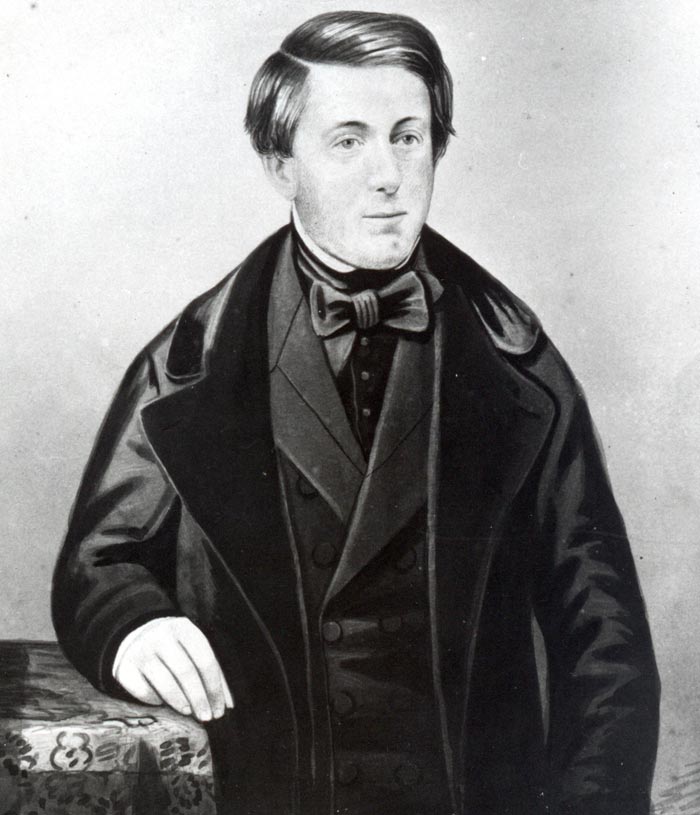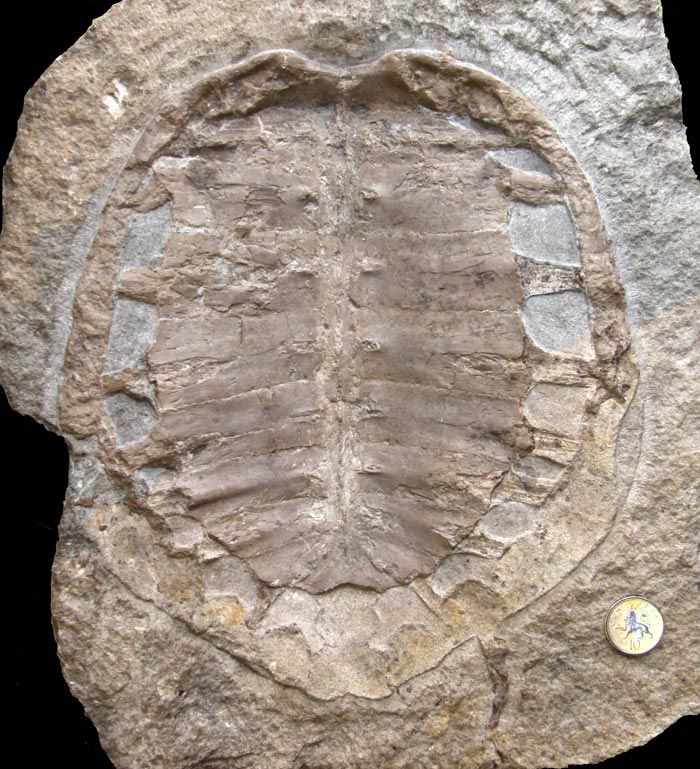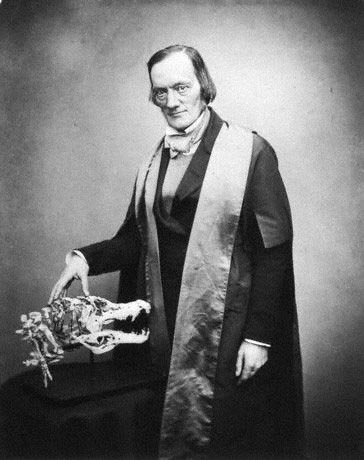Important Fossil Turtle discovered after being lost for 150 years

Chaning Pearce [Image (c) Bristol City Museum & Art Gallery]

The fossil turtle at National Museum Cardiff, its significance previously unknown

Sir Richard Owen in 1855 by Maull & Polyblank. Founding father of the National Museum of History, London and inventor of the word 'dinosaurs'
In 1842 the famous naturalist and palaeontologist Sir Richard Owen described four new fossil turtle specimens from the Purbeck Limestone (Lower Cretaceous) of Dorset. One of these has always been in Natural History Museum in London, but the other three were held in private collections, and after 1842, effectively vanished for 150 years!
One of the missing three was discovered in the Natural History Museum several years ago by Dr Andrew Milner whilst studying turtles and other reptiles, but the whereabouts of the other two remained a mystery. However, further research led him to the National Museum Cardiff where a fossil turtle in the collections was positively identified as one of Owen's missing specimens.
This fossil turtle - originally named Chelone obovata - was owned by Joseph Chaning Pearce (1811-1847), who worked as a doctor in Bath until his early death at the age of 37. He built up one of the largest private collections of fossils outside London and had set aside part of his house as a private museum. After his death his family kept the small museum until at least 1886 when they moved to Kent. The collection is next heard of in 1915, when much of it was bought by the Bristol Museum and Art Gallery, along with its original catalogue.
Dr Milner searched the collections at Bristol Museum but did not find the Chaning Pierce specimen, and assumed that it was destroyed in 1940 when incendiary bombs landed on the exhibition hall of the Bristol Museum during the Second World War. However, in 2008 he found the original hand-written catalogue, and on page 32 is the record for Fossil no.12 Chelone obovata with a pencil annotation - Sent to Cardiff Museum, 3rd March 1933.
Dr Milner contacted the Department of Geology, National Museum Cardiff, and it transpired that in 1933 a Purbeck turtle shell was registered, although we had very little information about it. The specimen had been on display in the Evolution of Wales exhibition since 1993 as it is very well preserved and fairly complete.
Richard Owen's original description in 1842 describes this turtle as the 'type specimen' of the species Chelone obovata - meaning that this is the specimen against which all others should be checked.
Although there were no illustrations, he published a very detailed and accurate description. This description matches the specimen in National Museum Cardiff exactly, and there is no doubt that it is the same specimen.
A recent investigation shows that the turtle now belongs in the genus Hylaeochelys and the species latiscutata. This specimen has significant historical interest as it was collected prior to 1840, and described by Sir Richard Owen - the man who invented the name 'dinosaur'.
The details of the rediscovery have been published in Morphology and Evolution in Turtles, edited by D. B. Brinkman et al., in the series - Vertebrate Paleobiology and Paleoanthropology.